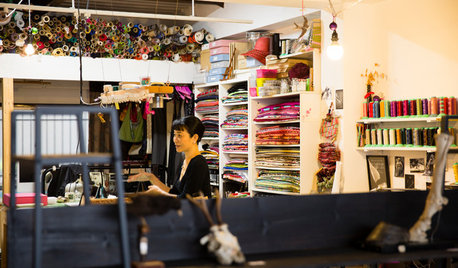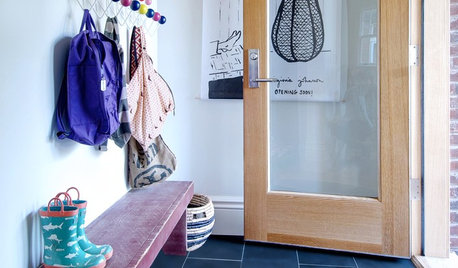UMass Extension Landscape Message June 27, 2014
claireplymouth z6b coastal MA
9 years ago
Related Stories

EVENTSMy Houzz: They’re Right at Home in Their Schindler House
Chance brought a couple to their Inglewood home designed by the L.A. midcentury architect. It will be part of a June design tour
Full Story
DISASTER PREP & RECOVERYFamily’s New Style Rises in the Aftermath of a Flood
After their damaged walls are demolished, homeowners realize they like the open space and decide to keep it
Full Story
GARDENING GUIDESHow to Find the Right Native Plants for Your Yard
Find plant maps, sale sites and guides that make going native in the garden easier than ever
Full Story
TREES11 Japanese Maples for Breathtaking Color and Form
With such a wide range to choose from, there’s a beautiful Japanese maple to suit almost any setting
Full Story
KITCHEN CABINETSCabinets 101: How to Choose Construction, Materials and Style
Do you want custom, semicustom or stock cabinets? Frameless or framed construction? We review the options
Full Story
LIFEHouzz Call: How Are You Handling the Record-Breaking Cold?
Share your tales, strategies and photos for everything polar vortex
Full Story
MOVING5 Risks in Buying a Short-Sale Home — and How to Handle Them
Don’t let the lure of a great deal blind you to the hidden costs and issues in snagging a short-sale property
Full Story
THE HARDWORKING HOMECES 2015: Inching Toward a Smarter Home
Companies are betting big on connected devices in 2015. Here’s a look at what’s to come
Full Story
STUDIOS AND WORKSHOPSWorld of Design: Artists and Artisans and Their Inspiring Studios
Meet these creative people, see their work and learn how their homelands have influenced their style
Full Story
LIFEYou Said It: ‘We’re Here to Stay’ and Other Houzz Quotables
Design advice, inspiration and observations that struck a chord this week
Full Story








claireplymouth z6b coastal MAOriginal Author
Related Professionals
Fort Lee Landscape Architects & Landscape Designers · Rossville Landscape Architects & Landscape Designers · Walnut Landscape Architects & Landscape Designers · Allentown Landscape Contractors · Bell Gardens Landscape Contractors · Costa Mesa Landscape Contractors · Darien Landscape Contractors · Federal Way Landscape Contractors · Lake Zurich Landscape Contractors · Lewisville Landscape Contractors · New Berlin Landscape Contractors · New Cassel Landscape Contractors · Plantation Landscape Contractors · West Allis Landscape Contractors · Salem Decks, Patios & Outdoor Enclosures